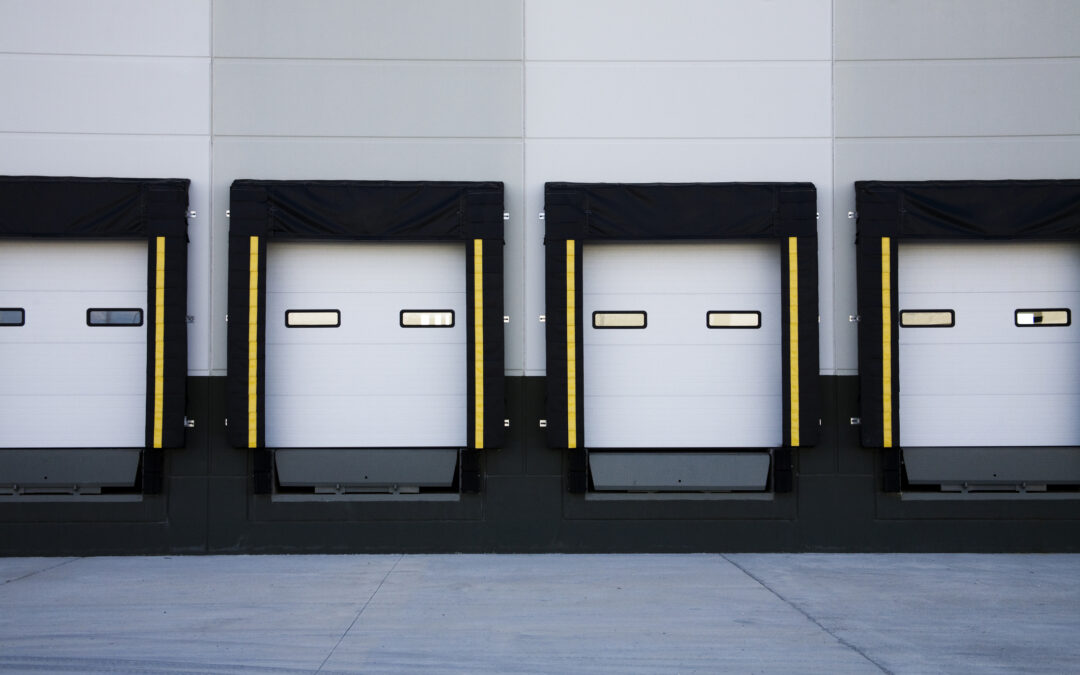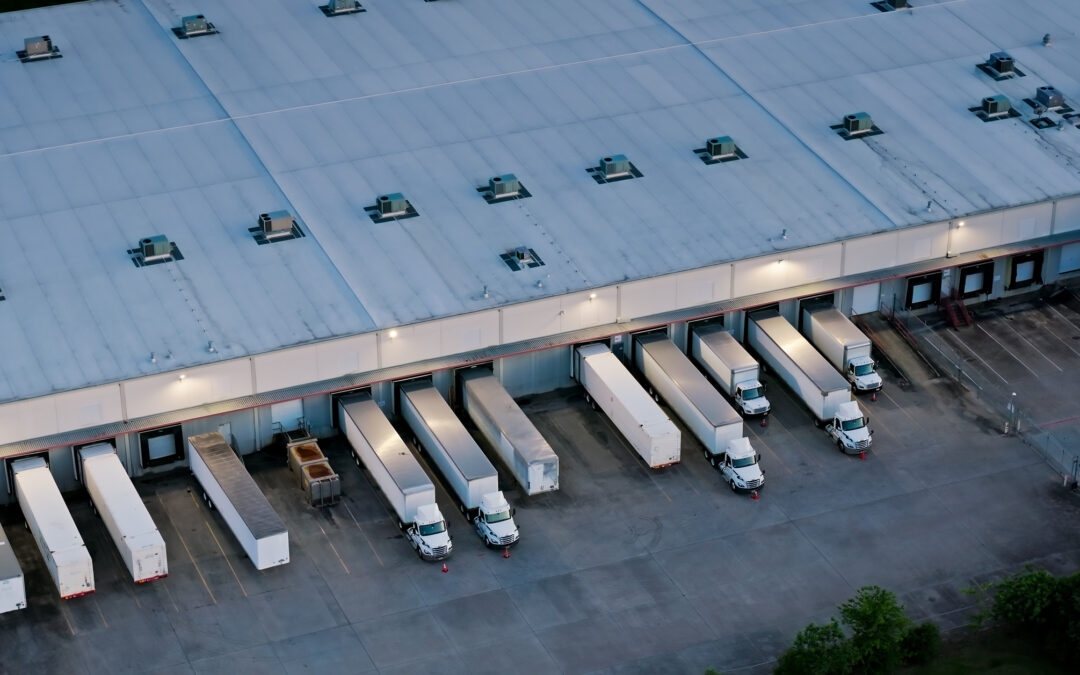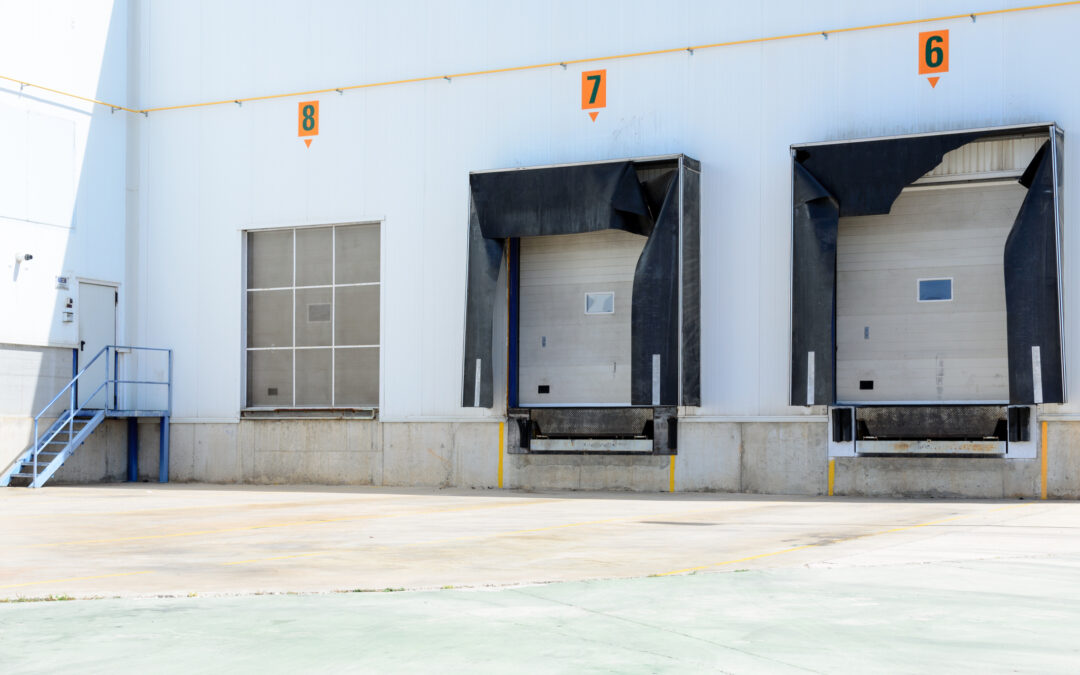 Selecting the right commercial garage doors is a critical decision for construction companies and property owners alike. Durable, high-performing overhead doors can optimize logistics, strengthen security, and save significant costs over the long haul. Whether you’re working on a brand-new build or retrofitting an existing facility, understanding how to balance durability, insulation, and functionality will guide you toward the best door system for your project. Below, we’ll walk you through the essential considerations for commercial garage doors, explore different types and their advantages, and share insider tips on installation and maintenance. By the end, you’ll be well-equipped to choose the perfect door solution for your commercial or industrial property or project.
Selecting the right commercial garage doors is a critical decision for construction companies and property owners alike. Durable, high-performing overhead doors can optimize logistics, strengthen security, and save significant costs over the long haul. Whether you’re working on a brand-new build or retrofitting an existing facility, understanding how to balance durability, insulation, and functionality will guide you toward the best door system for your project. Below, we’ll walk you through the essential considerations for commercial garage doors, explore different types and their advantages, and share insider tips on installation and maintenance. By the end, you’ll be well-equipped to choose the perfect door solution for your commercial or industrial property or project.
Crucial Factors in Door Selection
When it comes to commercial garage doors, certain factors directly impact both day-to-day operations and your bottom line. Construction companies and property owners who account for these considerations early on can help prevent costly issues later.
1. Durability
Weather Resistance:
- Material Selection: In Canadian climates, freezing temperatures, heavy snowfall, and rainy seasons can shorten the lifespan of lower-grade doors. Opt for doors manufactured from galvanized steel or heavy-duty aluminum for superior rust and corrosion resistance.
- Protective Finishes: Look for powder-coated exteriors and durable primers. These protective layers minimize chipping, peeling, and water damage.
- Cold-Weather Testing: Seek out products tested to withstand extreme Canadian winters, especially if your site is prone to below-zero conditions.
- ROI on Maintenance: While high-durability doors may cost more initially, they often require fewer repairs, delivering long-term savings.
Construction Quality:
- Reinforced Tracks & Hinges: Heavier commercial garage doors need robust tracks, hinges, and brackets to stay functional through repeated open-and-close cycles. Reinforced tracks resist bending or warping under strain from frequent use or strong winds.
- Corrosion-Resistant Hardware: Stainless steel or zinc-plated components help maintain structural integrity by resisting corrosion caused by moisture and salt, which is common in snowy or coastal regions.
- Torsion Springs vs. Extension Springs: Torsion spring systems typically last longer and handle higher torque, so they’re often preferred for heavier commercial doors.
2. Insulation
Energy Efficiency:
- R-Value & U-Factor: Evaluate doors based on their R-value (resistance to heat flow) and U-factor (how quickly a door loses heat). Higher R-values and lower U-factors are better for controlling internal temperatures.
- Thermal Breaks: Some doors feature built-in thermal breaks or foam-injected cores that minimize heat transfer, saving on energy bills if your facility handles temperature-sensitive materials.
- Sealed Gaskets & Weatherstripping: A well-insulated door is only as effective as its perimeter seals. Look for continuous or reinforced weather stripping to block air leakage.
Noise Reduction:
- Interior Work Environments: If your operations involve loud machinery or if you’re near residential zones, insulation can absorb sound, keeping noise levels down inside and out.
- Employee Comfort: Proper insulation reduces echo and reverberation, resulting in a more comfortable, productive work environment.
3. Security
Locking Mechanisms:
- High-Security Lock Systems: Multi-point locks, deadbolt-style locks, and integrated locking rods offer extra layers of protection.
- Tamper-Resistant Fixtures: Bolts, screws, and hinges designed to prevent forced entry can deter vandalism or attempted theft.
- Impact Resistance: Some doors incorporate anti-pry edges or thicker gauge steel to withstand break-in attempts.
Access Control:
- Keypads, Remotes & Smart Locks: Automated systems reduce manual labour and can be more secure, allowing you to manage and track door access digitally.
- Sensor Systems & Alarms: Motion sensors, photoelectric eyes, and door contact alarms provide real-time alerts if the door is forced or left ajar.
- Remote Monitoring: Modern setups let you monitor your facility’s doors from anywhere, making it easier to oversee multiple buildings or job sites.
4. Aesthetics & Branding
Visual Impact:
- Brand Identity: In commercial settings, your overhead doors can be part of the building’s overall aesthetic. If you’re working for clients who value brand consistency, matching the door’s colour or design to company branding can be a plus.
- Curb Appeal for Tenants: Mixed-use sites that are both retail and residential mean that the appearance of commercial garage doors can influence tenant satisfaction and property value.
Finishing Options:
- Paint vs. Powder Coating: Powder coating generally provides a more durable, chip-resistant finish. Painted doors offer a broader range of custom colours and easier touch-ups.
- Panel Styles & Textures: From ribbed panels to flush-smooth finishes, these design elements can complement modern architecture or more traditional facades.
- Window Inserts & Lighting: Incorporating window panels improves natural light and can add a sleek, professional look. Clear or frosted glass options also maintain privacy while letting in daylight.
Pro Tip: Balancing durability, insulation, security, and aesthetics is key to selecting commercial garage doors that perform well and project a professional image. By prioritizing these factors, you can ensure your door selection meets the practical demands of a high-traffic industrial environment while also satisfying any aesthetic requirements from clients or corporate stakeholders.
Ready to Get Started? Don’t settle for less when it comes to durability, insulation, security, or style. Explore Begley’s Overhead Door Products or call us at (289) 949-4987 to speak with our experts. We’ll help you find the perfect solution that checks every box for your commercial project.
Different Types of Commercial Garage Doors
Various door designs cater to unique operational requirements. Understanding your options will help you select the ideal model that aligns with your project’s needs.
Rolling Steel Doors
These rolling steel service doors are constructed from interlocked metal slats, offering exceptional durability. Rolling steel doors take up minimal overhead space, making them ideal for facilities with high ceilings or limited interior room.
Pros:
- Space-saving design
- High security and longevity
- Good for large openings
Cons:
- Can be pricier upfront
- May require expert maintenance to keep in top shape
Sectional Doors
Often seen in warehouses and distribution centres, sectional doors (like torsion spring doors) open vertically, creating horizontal sections that store flat along the ceiling. These doors blend sturdy construction with effective insulation.
Pros:
- Great insulation potential
- Wide range of custom designs
- Smooth, quiet operation
Cons:
- Requires ample overhead space
- More components to maintain
Counterweight Doors
Counterweight doors operate without the need for torsion or extension springs, relying on a balanced weight system for easier lifting.
Pros:
- Reduced maintenance due to fewer moving parts
- Smooth, steady operation
Cons:
- Higher initial cost
- May require special installation expertise
Rubber Roll-Up Doors
Rubber roll-up doors are highly impact-resistant and excellent for heavy-duty applications—perfect in high-traffic facilities or environments prone to forklift bumps.
Pros:
- Durable, impact-resistant design
- Fast opening speeds
- Minimal downtime even after collisions
Cons:
- Higher cost than standard steel doors
- Niche applications may not suit every project
Sliding & Swing Doors
Sliding doors and swing doors are less common in purely industrial contexts but can be a great fit for commercial buildings needing a unique aesthetic or customized entryways.
Pros:
- Flexible configurations for specialized layouts
- Simple manual operation
Cons:
- Not always suited for high-traffic warehousing
- May require additional wall space
Fire-Rated Doors
In facilities needing strong safety measures, fire doors offer added protection. They help contain fires, slow their spread, and comply with local fire codes.
Pros:
- Helps meet safety regulations
- Adds crucial time for evacuation and damage control
Cons:
- Typically more expensive
- Requires regular inspection and testing
Picking the right type of commercial garage doors goes beyond basic functionality. Balance your location’s climate, security needs, and budget to identify the perfect match. Contact Begley for Expert Advice or a Free Quote
More Expert Insights: Installation & Maintenance Essentials
Even the highest-quality commercial garage doors won’t perform optimally without proper installation. Collaborating with professionals ensures correct alignment and secure fastening, extending the door’s operational life. Professional Installation Tips
- Correct Sizing: A poorly fitted door can lead to gaps, energy loss, and premature wear.
- Rigorous Testing: After installation, technicians should test door balance, remote sensors, and lock systems.
- Safety Protocols: Make sure your installers follow safety guidelines to prevent accidents during and after setup.
Maintenance Matters Regular upkeep can reduce unexpected downtime and costly repairs. Here’s what you need to do:
- Scheduled Inspections: Spot issues early—like worn springs or fraying cables—before they escalate.
- Lubrication & Cleaning: Use recommended lubricants on hinges, rollers, and tracks to minimize friction.
- Professional Servicing: Count on an expert service team like the team at Begley for deeper checks on mechanisms like torsion springs, sensors, and control panels.
When you take care of your commercial garage doors, you protect your investment and ensure the safety of everyone on-site. Explore Begley’s Maintenance Services
Simplify Your Selection & Get the Best Quality Commercial Garage Doors with Begley
Choosing, installing, and maintaining commercial garage doors can feel overwhelming, but it doesn’t have to. At Begley Overhead Doors & Loading Docks Ltd., our skilled team has the expertise to match you with the perfect door from our curated lineup of torsion spring doors, rolling steel service doors, counterweight doors, rubber rollup doors, and more. We also offer 24/7 Emergency Services for complete peace of mind. With Begley Overhead Doors & Loading Docks Ltd., you’ll get expert-backed door solutions built to endure Canadian weather, busy traffic, and rigorous building codes—so you can focus on what matters most. Contact Begley to Get Started
Want more info about commercial overhead doors? Check out these handy resources:
- What Are the Various Types of Underground Parking Garage Doors?
- 6 Qualities to Look for in an Overhead Door Service Company
- Safety Tips for Your Underground Parking Garage Door
- Why Your Business Should Invest in a Quality Overhead Door
Ready to Invest in Commercial Garage Doors That Last? Request a Quote or call us at (289) 949-4987. You can also email us at info@begleygrp.com for expert guidance, rapid installations, and ongoing maintenance support. Our professionals are here to provide personalized recommendations that fit your project’s design, budget, and timeline.





